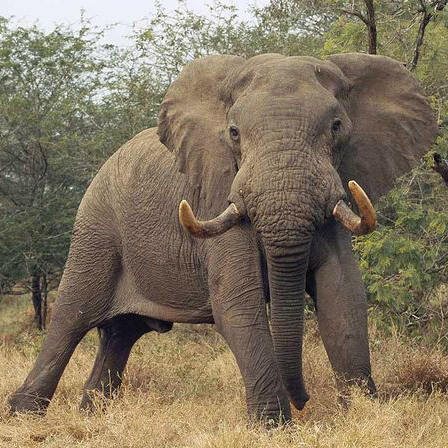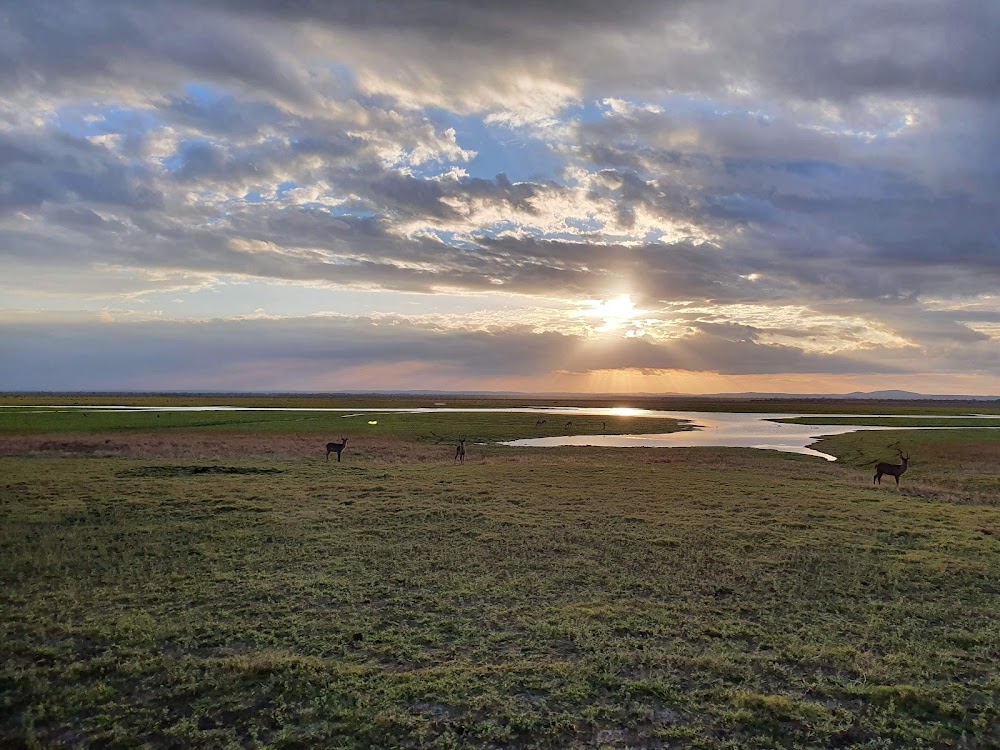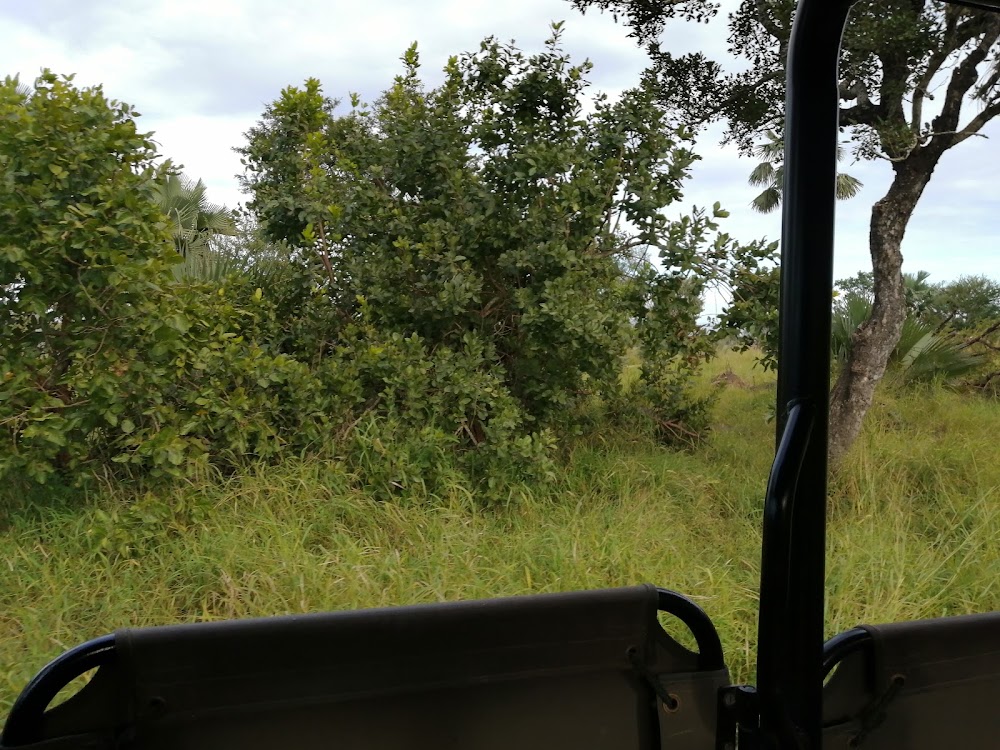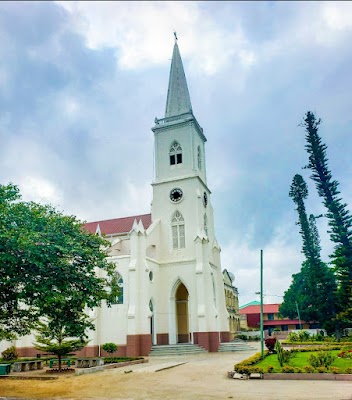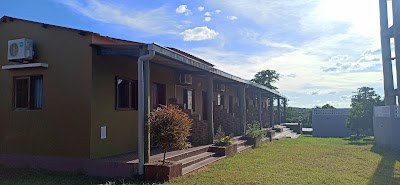Gorongosa National Park (Parque Nacional da Gorongosa)
Overview
Gorongosa National Park is a remarkable conservation area located in the Sofala Province of Mozambique. Spanning over 4,000 square kilometers, it is nestled at the southern end of the Great African Rift Valley. The park is renowned for its incredible biodiversity, featuring a diverse range of ecosystems, including savannas, woodlands, grasslands, and rainforests.
A Story of Tragedy and Triumph
The story of Gorongosa is one of both tragedy and triumph. Established in 1960, it quickly became a premier safari destination, home to an abundance of wildlife, including elephants, lions, and hippos. However, the landscape dramatically changed following Mozambique’s independence in 1975, when the country was engulfed in a brutal civil war. Lasting until 1992, this conflict turned Gorongosa into a battleground, devastating the park's infrastructure and wildlife populations.
The Rebuilding Effort
In the aftermath of the war, a significant rebuilding process began. In 2004, a transformative partnership was formed between the Mozambican government and the Carr Foundation, a U.S. non-profit organization founded by philanthropist Greg Carr. This collaboration aimed to restore the park's ecosystems and biodiversity while improving the livelihoods of the communities living around its borders.
Wildlife Rehabilitation
One of the most remarkable achievements in Gorongosa's restoration has been the rehabilitation of its wildlife populations. The restoration project involved implementing anti-poaching measures, reintroducing species, and employing habitat restoration strategies. Enhanced training and resources for park rangers have significantly bolstered efforts to combat poaching. Species such as lions, elephants, and buffaloes have been reintroduced or had their populations strengthened through careful translocation from other regions.
Scientific Research
The restoration of Gorongosa heavily emphasizes science and research. The E.O. Wilson Biodiversity Laboratory, named after the renowned biologist, was established within the park to conduct essential research and provide valuable data to guide conservation efforts. This research encompasses not only large mammals but also insects, plants, and the myriad smaller creatures that weave the intricate web of life within the park.
Community Engagement and Development
In addition to ecological restoration, Gorongosa places a strong emphasis on community engagement and human development. The park fosters education and health programs in surrounding communities, focusing on building schools, providing scholarships, and offering health services. This approach aims to cultivate a harmonious relationship where both the park and local communities can thrive together.
Ecotourism for Sustainable Development
Gorongosa has also embraced ecotourism as a means of promoting sustainable economic development. Visitors can enjoy guided safaris, bird watching, and cultural tours, with revenues generated from tourism reinvested into conservation and community projects. This model fosters a cycle of positive growth that benefits both the environment and the people.
A Beacon of Recovery
At its core, Gorongosa National Park stands as an inspiring example of how human dedication, collaboration, and science can repair and rejuvenate a fragile ecosystem. Although the work in Gorongosa is far from over, the progress made so far symbolizes hope and perseverance. Today, the park serves as a beacon of recovery, illustrating that with the right support and efforts, nature can indeed revive and flourish, even after facing near devastation.



